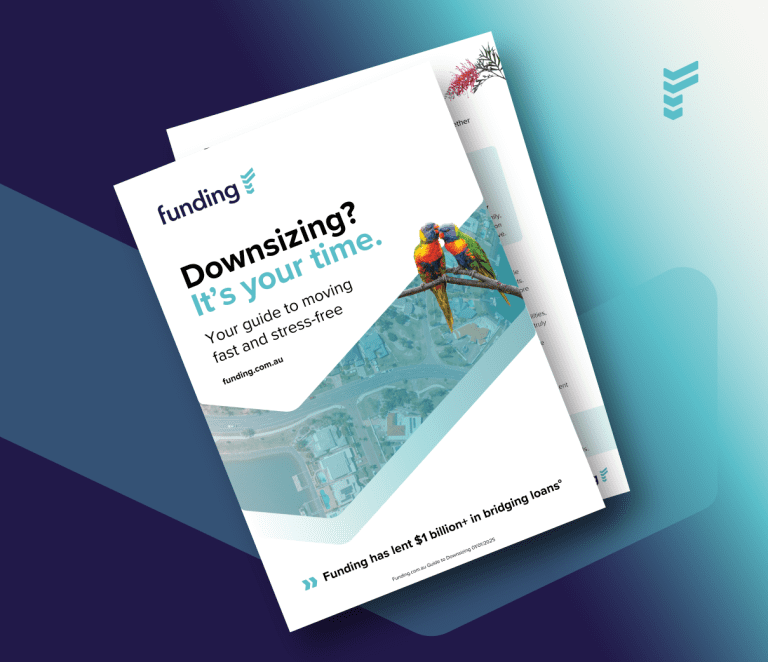Portfolio performance refers to the measurement and evaluation of the returns and overall success of an investment portfolio over a specific period. This involves assessing the gains or losses generated by the portfolio's assets, comparing these returns against benchmarks, and analysing the impact of investment decisions on achieving financial goals. Portfolio performance is a critical aspect of investment management, helping investors understand how well their portfolio is performing and make informed adjustments to improve outcomes.
Importance of understanding portfolio performance
Financial goals
Understanding portfolio performance is essential for tracking progress towards financial goals. Investors need to know if their portfolio is generating the expected returns to meet their objectives, such as retirement, education funding, or wealth accumulation.
Risk management
Evaluating portfolio performance helps investors manage risk by identifying underperforming assets and making necessary adjustments to maintain a balanced and diversified portfolio.
Investment decisions
Regular performance assessment informs investment decisions, enabling investors to rebalance their portfolio, replace poor-performing assets, and capitalise on new opportunities.
Benchmark comparison
Comparing portfolio performance against relevant benchmarks provides context for evaluating success. This helps investors determine if their portfolio is outperforming or underperforming relative to the market or similar investment strategies.
Accountability
For professional portfolio managers, performance measurement ensures accountability to clients and stakeholders. It demonstrates the effectiveness of their investment strategy and management skills.
Key components of portfolio performance
ROI measures the profitability of an investment portfolio, calculated as the percentage gain or loss relative to the initial investment. It provides a simple metric for evaluating overall performance.
Risk-adjusted return
Risk-adjusted return considers both the returns and the risks associated with a portfolio. Metrics like the Sharpe ratio and Treynor ratio help investors understand how much return they are earning per unit of risk taken.
Benchmark comparison
Comparing portfolio performance against relevant benchmarks, such as market indices or peer group averages, helps investors assess relative performance. Common benchmarks include the S&P/ASX 200 for Australian equities or the MSCI World Index for global stocks.
Diversification
Assessing the diversification of a portfolio involves evaluating the mix of asset classes, sectors, and geographic regions. A well-diversified portfolio can reduce risk and improve performance over time.
Volatility
Volatility measures the degree of variation in a portfolio's returns. High volatility indicates greater risk, while lower volatility suggests more stable performance. Standard deviation is a common metric used to assess volatility.
Income generation
For income-focused portfolios, performance evaluation includes assessing the consistency and sustainability of income generated from dividends, interest, and other sources.
Pros and cons
Pros of portfolio performance evaluation
- Informed decision-making: Regular performance assessment enables informed investment decisions, helping investors optimise their portfolios.
- Goal tracking: Performance evaluation ensures that the portfolio is on track to meet financial goals.
- Risk management: Identifying underperforming assets and areas of high risk allows for effective risk management and portfolio rebalancing.
- Benchmarking: Comparing performance against benchmarks provides context and insight into relative performance.
Cons of portfolio performance evaluation
- Complexity: Performance evaluation can be complex, requiring knowledge of financial metrics and analysis techniques.
- Market fluctuations: Short-term market fluctuations can distort performance measurements, making it important to focus on long-term trends.
- Emotional bias: Investors may be influenced by emotional biases, such as overreacting to short-term underperformance or holding onto poor-performing assets.
- Costs: Regular performance evaluation and portfolio adjustments can incur costs, such as transaction fees and management expenses.
Applications of portfolio performance evaluation
Retirement planning
Evaluating portfolio performance is crucial for retirement planning. Investors need to ensure their portfolio is generating sufficient returns to build a nest egg that will provide income during retirement.
Education savings
Parents saving for their children's education must regularly assess portfolio performance to ensure they are on track to cover future education expenses.
Wealth management
Wealth managers and financial advisors use performance evaluation to manage client portfolios, make informed investment decisions, and demonstrate the effectiveness of their strategies.
Institutional investing
Institutional investors, such as pension funds and endowments, rely on performance evaluation to meet their financial obligations and achieve long-term growth.
Personal investing
Individual investors use performance evaluation to track the success of their investment strategies, adjust their portfolios, and achieve their financial goals.
Portfolio performance in action
Consider an investor in Melbourne who has a diversified portfolio consisting of Australian equities, international equities, bonds, and real estate. They evaluate their portfolio performance by:
- Calculating ROI: Measuring the overall return on investment for the past year.
- Assessing risk-adjusted return: Using the Sharpe ratio to determine the return per unit of risk.
- Benchmark comparison: Comparing the portfolio's performance against the S&P/ASX 200 and MSCI World Index.
- Diversification analysis: Ensuring a balanced mix of asset classes and sectors to reduce risk.
- Volatility measurement: Calculating the standard deviation of returns to assess volatility.
- Income generation: Evaluating the consistency of dividend and interest income from the portfolio.
By regularly reviewing these components, the investor can make informed decisions to optimise their portfolio and achieve their financial goals.
Connection to loans and trusts
Portfolio performance evaluation is relevant in various financial scenarios, including building loans, bridging loans, and business loans. Investors may use portfolio returns to fund loan repayments or assess their capacity to take on new loans. Income trusts rely on performance evaluation to ensure consistent returns for beneficiaries and make adjustments to the portfolio to maintain income stability. Understanding portfolio performance helps lenders, borrowers, and trustees make informed decisions and manage financial resources effectively.
External link
For more information on portfolio performance and its implications, visit the Australian Securities and Investments Commission (ASIC) website.
Get started
Portfolio performance evaluation is a critical aspect of investment management, helping investors track progress towards financial goals, manage risk, and make informed decisions. By understanding and regularly assessing key components such as ROI, risk-adjusted returns, and diversification, investors can optimise their portfolios and achieve long-term success. Whether for retirement planning, education savings, or wealth management, portfolio performance evaluation provides valuable insights and guidance for effective investing.

